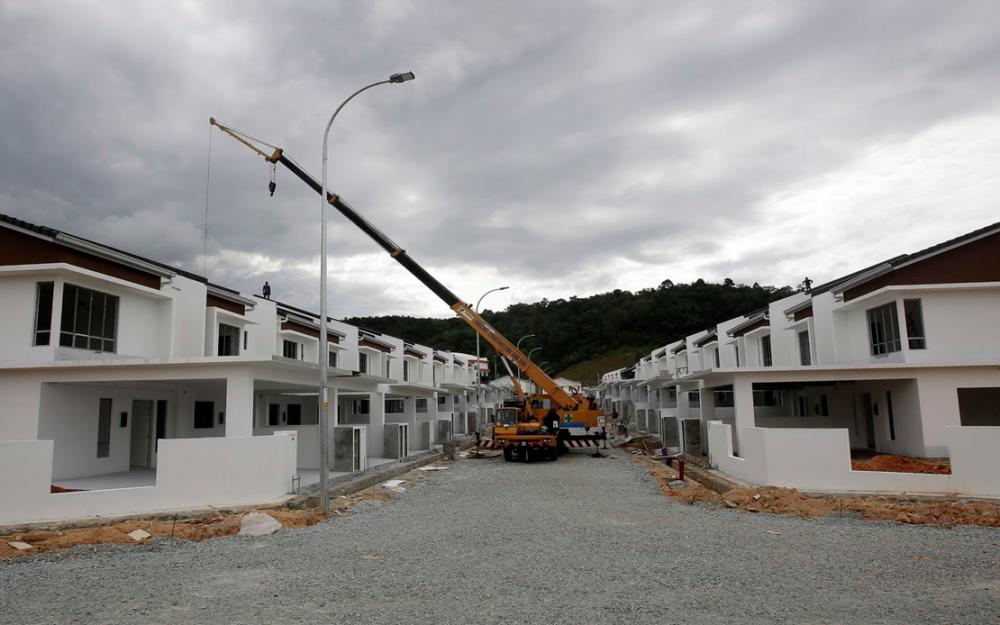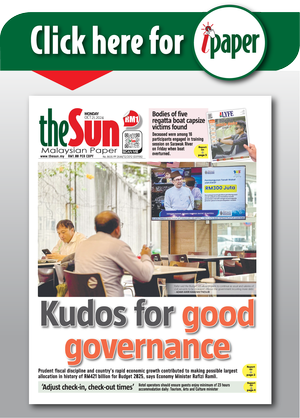PETALING JAYA: Significant developments in Klang Valley, Johor, Penang and East Malaysia are driving the property market forward, with strategic investments and evolving demands fueling continued optimism.
From sustainable industrial spaces to the recovery of the hospitality sector and increasing demand for green-certified offices, Malaysia’s property market is well-positioned for sustained growth into 2025.
Knight Frank Malaysia senior executive director Judy Ong said Malaysia’s property market continues to grow, underpinned by sustained demand for housing, shifts in global supply chains fuelling demand for industrial spaces, rising data centre investments and strong recovery in the hospitality segment.
“Coupled with rising demand for sustainable and green-certified developments, the industry is poised for a progressive and dynamic year ahead,” she said in a statement.
Knight Frank Malaysia has released its latest report Real Estate Highlights 2H’24 offering a comprehensive analysis of Malaysia’s property market, which covers five key sectors such as industrial, retail, hospitality and high-rise residential. It highlights a strong performance in 2024, going into 2025, across several of these sectors.
The report stated that the industrial sector in Malaysia is thriving, with key regions driving growth through targeted strategies.
Klang Valley remains robust, fuelled by investments in green technology and ad-vanced manufacturing, via new industrial townships may pressure prices and rents.
Johor is emerging as a hub for sustainable, high-tech industries with key infrastructure and investments.
Penang is solidifying its position as a global technology hub, bolstered by new industrial parks, improved connectivity, and a focus on sustainability.
Sabah leverages its strategic location to boost industrial growth, with infrastructure enhance-ments vital for sustained progress. Sarawak stands out with its renewable energy leadership, driving sustainable industrial growth and attracting investments in green technologies.
It noted that Malaysia’s retail sector is showing mixed trends across regions, driven by local dynamics and evolving consumer behaviours. Klang Valley’s market is cautiously optimistic, supported by government ini-tiatives and a shift towards community-focused retail spaces like Bloomsvale Shopping Gallery.
Johor Bahru’s retail sector is thriving, bolstered by cross-border spending from Singapore and the integration of entertainment and health facilities in malls.
Penang’s retail market remains stable, with rising spending and tourism offset by heightened competition from new developments.
In Sabah, prime malls in Kota Kinabalu are refining tenant mixes to attract visitors and boost turnover rents, ensuring resilience in a competitive environment.
Furthermore, it stated that Malaysia’s hospitality sector is poised for growth across key regions, driven by increased tourist arrivals and strategic initiatives. Klang Valley benefits from resilient economic growth, luxury hotel openings, and government policies like visa exemptions and Malaysia My Second Home enhancements, signaling recovery and investor confidence.
Johor thrives as a tourist hotspot, with a surge in visitors from Singapore and ongoing redevelopment boosting average occupancy rate and average daily rate. Penang’s hospitality market grows with new hotels, expanded flight routes, and leadership in medical tourism.
Sabah leverages upgrades in airports and ports, along with new hotel openings to attract international tourists, particularly from China, enhancing its appeal and connectivity.
It noted that Malaysia’s high-end high-rise residential sector is set for stable growth in 2025, supported by government initiatives and favourable market conditions.
Ong said looking into 2025, the property market is poised to build on this momentum, focusing on sustainability, innovation and enhanced connectivity.









